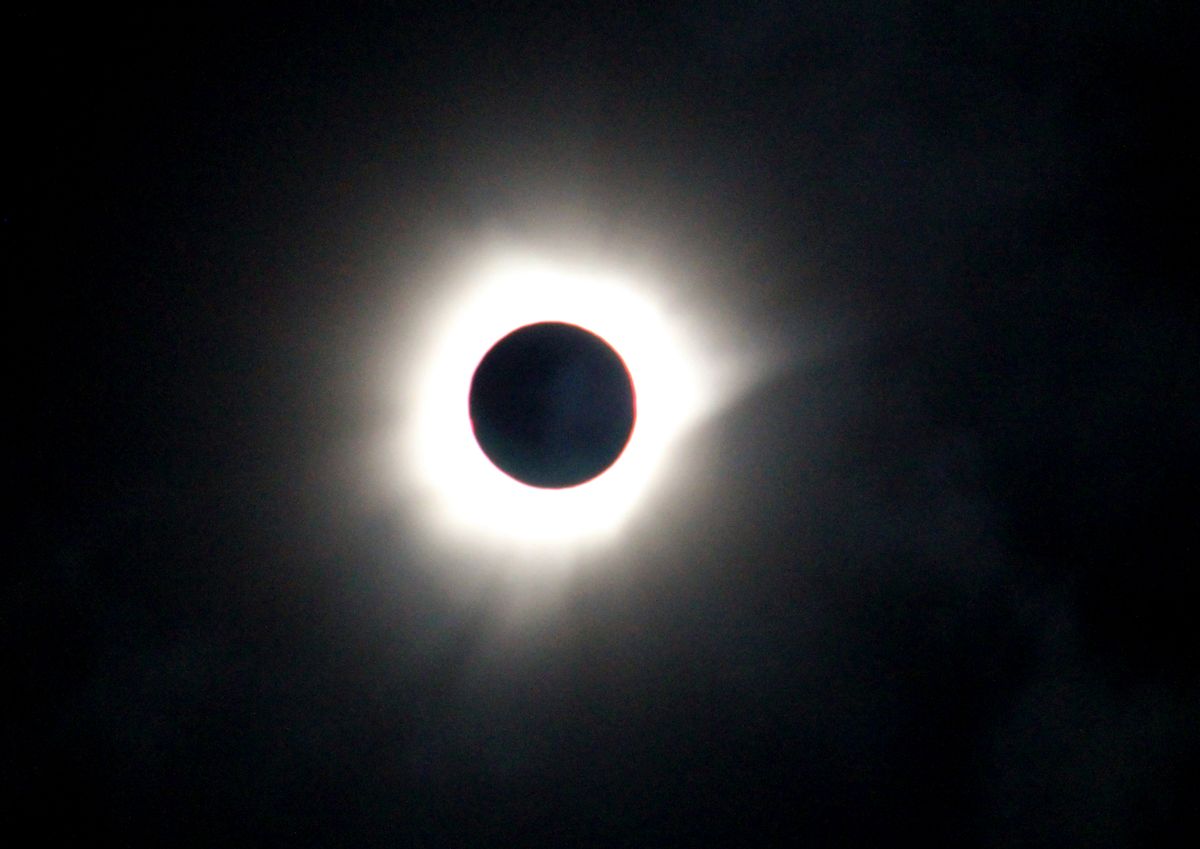 On Aug. 21, families in the United States can view a solar eclipse — either total or partial — in most of the country. This event is a chance for your kids to explore the science of eclipses, astronomy, and physics. Don’t miss the opportunity to see it! Folks in the United States won't get another look until 2024.
On Aug. 21, families in the United States can view a solar eclipse — either total or partial — in most of the country. This event is a chance for your kids to explore the science of eclipses, astronomy, and physics. Don’t miss the opportunity to see it! Folks in the United States won't get another look until 2024.
Use these digital tools to explore eclipse-related activities:
Find out the best time and place to watch it
Will you be able to view the eclipse — either totally or partially — from where you live? Either way, it's fun to track its path as it makes its way across the United States. NASA's eclipse website lets you see exactly where and when the eclipse will occur and offers an interactive map and downloadable images. You'll also find activities and apps to learn more before and during the eclipse.
Learn about the science of eclipses
NASA's Space Place has tons of information about all the different kinds of eclipses. You can also download stargazing apps like Mobile Observatory and The Night Sky to learn about other topics related to the eclipse, such as the rotation and revolution of earth. Ask your kids what they're curious about and look for answers together.
Also, check out our recommended list of Outer Space Apps and Games. Younger kids can learn with Star Walk Kids - Astronomy for Children, while teens can get a bunch of information with SkySafari.
Follow NASA's social media accounts
If you or your kid has Facebook, Twitter, Snapchat, or pretty much any other social media, follow NASA. The agency is tweeting and snapping like crazy to get the word out about space, its various programs, and stories of the astronauts and scientists who work there. Look for status updates with information and astonishing pictures of the eclipse.
Make your timelines even more scientific by following other information-packed accounts like the Smithsonian's Facebook and Twitter accounts, the California Academy of Science’s Instagram, and Boston’s Museum of Science’s Snapchat. Look for local activities on your town or city's social media accounts.
Make the eclipse a (safe) family event
Since the eclipse will happen on a Monday morning, it's likely that members of your family will be either in school or at work. If you don't watch it together, discuss it at dinner time. Make sure that you and your kids take safety measures. The only safe way to view the eclipse is with "eclipse glasses," or sun filters and viewers (here's a list of sites and stores to find them). Regular sunglasses and camera filters don’t filter enough sunlight. If you are talking pictures, remember to look at the screen and not directly at the sun.
Become a citizen scientist and help NASA gather information
Download the GLOBE Observerapp to collect observations about atmospheric conditions, such as clouds and weather, during the eclipse. This data will be used later by NASA and GLOBE (an international community of students and scientists) to understand the effects of eclipses on Earth. If more than one person in your family is collecting information, share your observations when you are back home.
If your kids enjoyed becoming citizen scientists, encourage them to also try the nature-sharing app Project Noah and the seasonal-observation site Journey North.

Shares